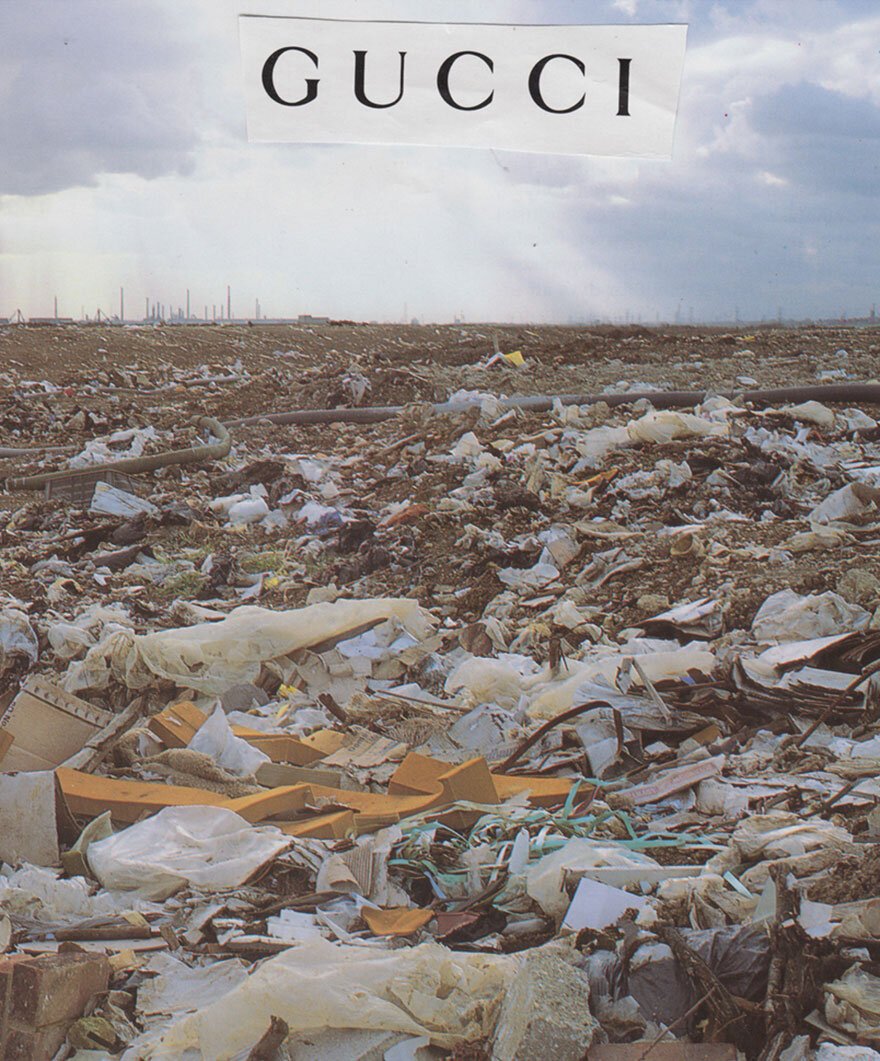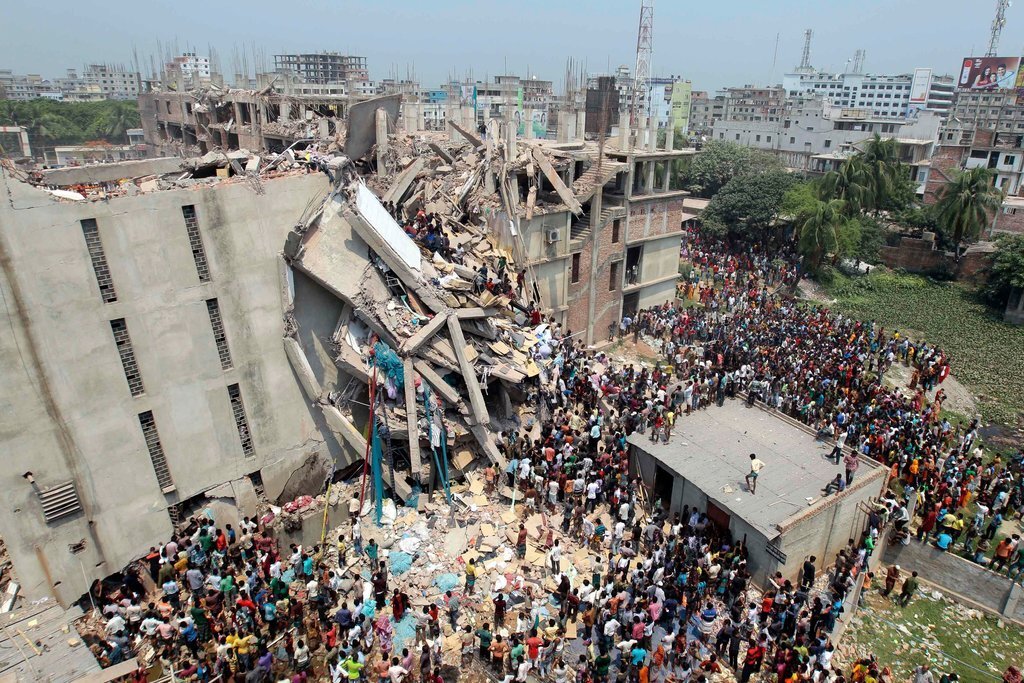The Not-So Glamorous Side of Fashion
It’s hard to resist. A cute top for only $10 is a steal, and as a college student I’m always looking for ways to save. Fast fashion rolls out new styles every day in big stores known for their trendy merchandise and low prices like Forever 21, H&M, and Fashion Nova. The clothes are low quality and the fads they are modeled after usually die out quickly, but that combination seems perfect when considering the cost of the clothing. The life cycle of the average trend that take college communities and Instagram by storm works well with the low prices in the eyes of a consumer. If the prices are low, people can stock up as they need and trash the old look when the times comes. Unfortunately, fast fashion starts to rear its ugly head when considering the real cost of these clothing choices. How are the prices so low? Who is carrying the brunt of the burden? Unfortunately, it’s other human beings.
It’s time to start questioning whether a cute outfit at a low price is worth the human rights questions the system of fast fashion evokes. We are completely detached from the people who make our clothing. 97% of all clothing is made overseas. Workers who make these clothes do not have the benefit of the same rights and protections we have in Western countries. Most of these workers are women who are exploited for their willingness to except low pay. They are subject to unfit working conditions by companies who are dedicated to keeping the cost of making their garments as low as possible for a bigger profit margin. In 2013, a clothing factory collapsed in Dhaka, Bangladesh killing 1,134 workers. Forbes reported that Zara and other fast fashion retailers used the factory to create their clothing. Sons, daughters, mothers, and fathers died that day at the hands of the fashion industry in pursuit of a quick buck- which meant dangerous working conditions were not addressed by the retailers in hopes that the issue would just go away. Greed has infected these high earning companies, causing human rights abuses to run rampant in the fashion industry. The workers employed in the garment factory that collapsed in 2013 complained about the buildings deterioration before the collapse to no avail. The unwillingness of the companies housed in the building to listen to the pleas of their own workers ultimately led to the death of over a thousand people.
This needs to stop. The consumers in the west need to take their eyes off their iPhones and start looking at the reality of the world around them. While country borders may seem like a divide that completely disconnects us from other human beings, it’s time to wake up and realize that a loss of human life is no less important in another country than it is in our own. It’s time to start taking accountability and realize that big companies like Zara will only change if their customers do. Let’s make better decisions when it comes to our clothes and see past the cheap price and look at the true cost – the human cost.
Strike Out,
Writer: Yosa Whitney
Editors: Gillian McKendree and Tabitha Labrato
Tallahassee


